|
Finding cheetah is difficult in the thick bush of the Kalahari. Researchers are aware that male cheetahs in particular, like to regularly use “marking trees” to demarcate their territory. But how does one find a marking tree, especially when starting afresh in new areas? CCB has been trialling the use of lures, in order to create artificial marking trees. Lures are any object that may be used to attract a cheetah and may include items that are shiny, colourful or stand out in the bland environment. Our pilot study has used camera traps placed at strategic trees to monitor whether lures have been able to encourage cheetahs to visit these sites. In particular, we identified trees that we knew were not previously known marking trees as well as including known ones. Preliminary results have found cheetahs not only approached trees with lures, but also actively marked these trees with urine. Trials will be expanded in order to ensure the effectiveness of using lures, but the value of simple techniques can be used to enhance our monitoring of cheetah, improving our ability to capture cheetah for research purposes and may even have some mitigation value if cheetahs can be attracted away from conflict areas.
0 Comments
Leopard Ecology & Conservation (LEC) in collaboration with the Khutse farmers hosted their first Kaudwane horse race in Kaudwane village on the 23rd of September 2017 under the theme “Racing for Conservation”. The race was initiated to promote good animal husbandry as a strategy to minimise the human-wildlife conflict. All participating jockeys were farmers and herders from the LEC study area including Kaudwane. Cheetah Conservation Botswana’s outreach team was invited to exhibit an informative stall, engage with local farmers as well as sharing of resources. The opportunity was seized as a way to promote our organisation and the event was graced by a magnitude of people. With the Livestock Guarding Dog initiative attracting the attention of some farmers, CCB was pleased to start a work relationship with new communities and so as to strengthen the relationship with LEC. CCB would like to extend their appreciation to LEC for the granted opportunity to appreciate, learn and grow through engaging with different communities that are faced with human-wildlife conflict.
Cheetah Conservation Botswana (CCB)’s staff have been busy conducting environmental education school talks in five schools in the Ghanzi region, bringing our fun lessons to over 800 children. The talks were held from the 16th of August to the 15th of September 2017 in the Ghanzi District, an area with a large number of cheetahs compared to other regions in Botswana. Conservation education is one of the programs CCB uses to pass conservation knowledge to members of the public. Whilst welcoming the CCB team to Rethuseng Junior school, Ms Lekgothu, the school’s environmental education coordinator encouraged the form one students to listen very attentively to what the CCB team had for them and ask questions where necessary. By the end of the session, one could see that the presentation had made a positive impression in the young minds considering the questions that were asked. The students fired intelligent questions at our staff - wanting to know the diseases that affect cheetahs, what one should do when they see a cheetah in their farm and if CCB has cheetahs that it keeps in captivity. In giving a vote of thanks, Letlhabile, a student from Boipelo Primary School thanked the CCB team for having visited their school to teach them about conservation and she hoped that we would come back again. The Grootlaagte Primary School students warmly welcomed the CCB team with songs. Their teacher Mr Tabengwa kept a sharp eye on the students yet keeping the atmosphere charged with icebreakers and making the kids chant of their school slogan. The school head for the same school, Mrs Kebalepile also shared the same sentiments with her colleagues and students and requested that her school be assisted with starting simple environmental education projects which would help students in continuously taking care of the environment. In order to reach all five of these schools, our staff had to travel more than 400km. A journey that seemed endless in the unforgiving terrain and the Kalahari heat finally came to an end with one major goal achieved; a future generation that is more informed and caring about nature and issues that affect the environment.
Communities that live alongside wildlife play a critical role in their conservation and the areas of Jwaneng and Ghanzi are known to be critical areas for cheetah conservation. Cheetah Conservation Botswana successfully established farmers’ networks in the regions of Jwaneng and Ghanzi two years ago to accelerate and facilitate the communities’ knowledge, improve skills transfer as well as connect them with helpful stakeholders. The Southern Livestock Farmers Network from the Jwaneng area was successfully handed over to the village of Samane on the 7th September 2017 at the village Kgotla (official village meeting place). The Kgotla was fully packed with the village Chief, his headmen, village elders, village development council, government departments and members of the community. It was a smooth transition and the village welcomed the network with open arms. Through all the speeches and comments made during the day, it was quite evident that the network has all the support it needs from members of the community to move forward. It was exciting to witness such a high level of commitment and praise from the Samane community towards the network and how some have benefited from being members of the network. The community is now more tolerant of carnivores and they are farming productively alongside wildlife by using inexpensive mitigation methods to control carnivores. They are also realising the importance of having wildlife in their environment - something they now believe they can benefit from. They day ended with a word of encouragement from village elders to their youth to hold on to their farming projects. Collaborations are essential and important for conservation success and it is very important to bring those who live side by side with wildlife into the mainstream of conservation. Only then, can we secure the future for threatened species like the cheetah. |
SearchArchives
May 2024
Categories |

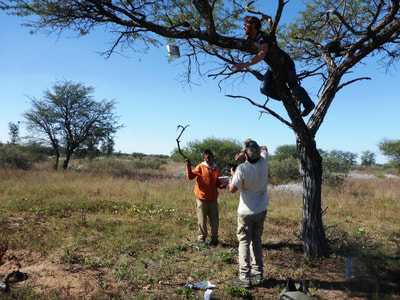
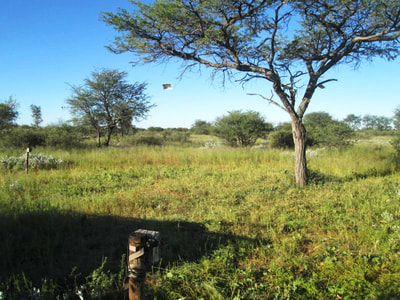
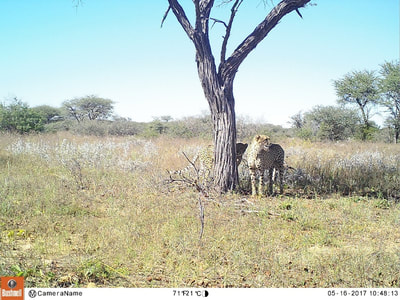
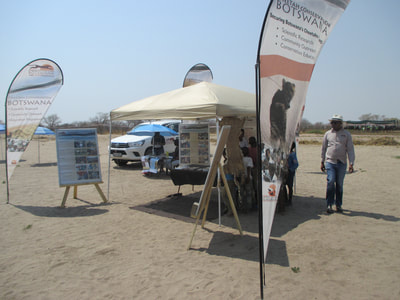
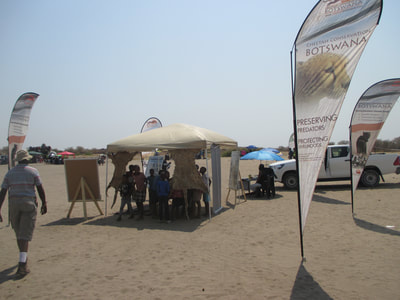
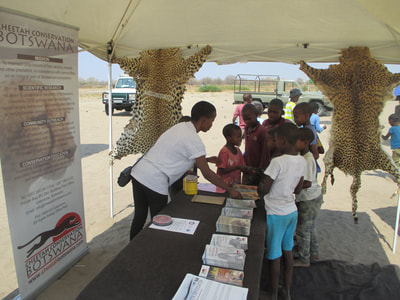
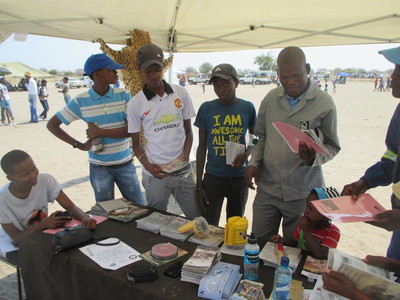
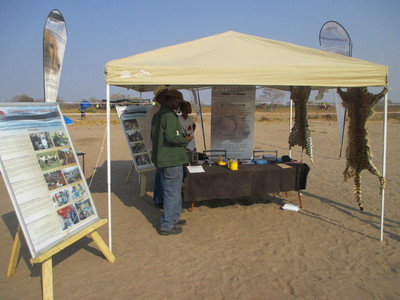
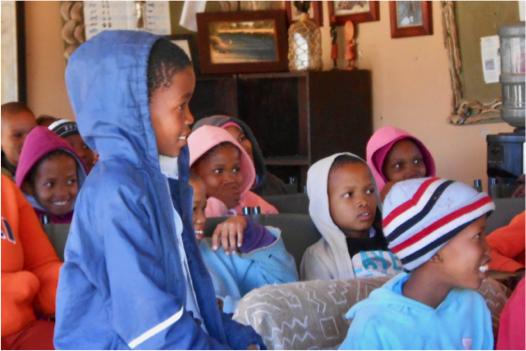
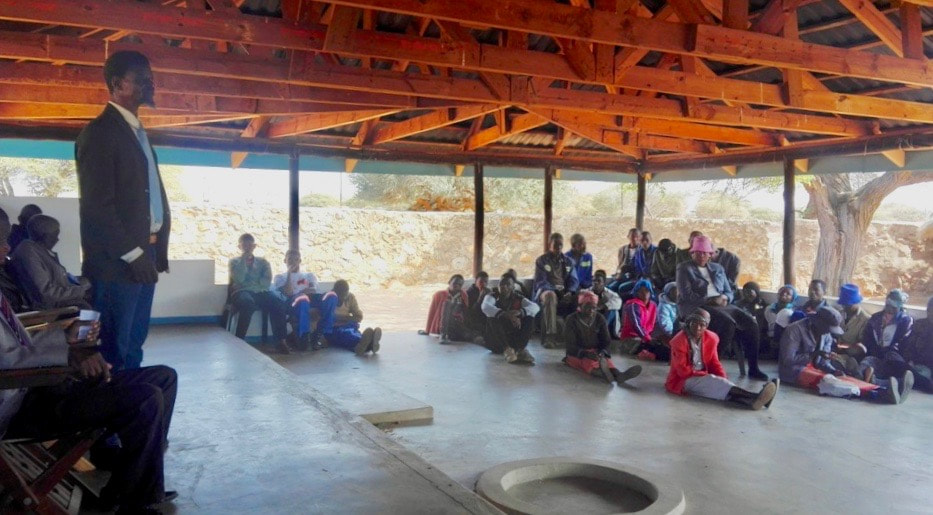
 RSS Feed
RSS Feed
